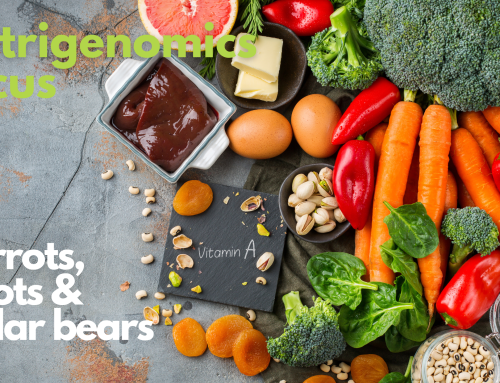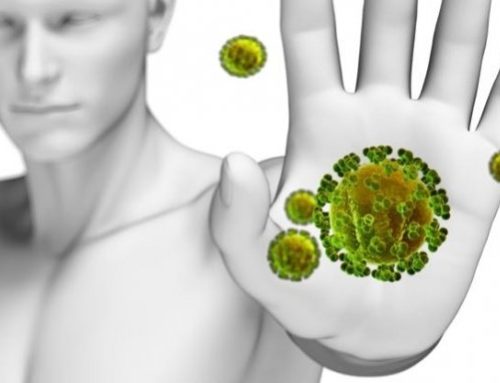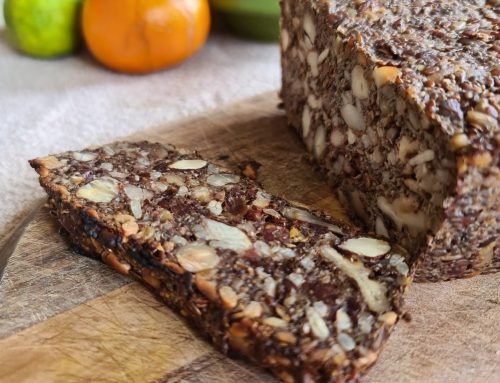Increasing numbers of people with Parkinson’s (or their spouses) are experimenting with high-dose vitamin B1 (thiamin) therapy. The research into the nutrient for neurological conditions, and in particular Parkinson’s, has largely been brought to public attention thanks to the work by Daphne Bryan PhD. Research is showing that there is a direct link between a thiamin deficiency and low dopamine production. By enhancing energy production and reducing oxidative stress, thiamin seems to offer relief for certain symptoms in some (although not all) Parkinson’s sufferers. Because Parkinson’s arises in different people for different reasons, what works for one will not work for all. The same goes for the conventional Parkinson’s drugs.
When someone tells me they are exploring the B1 protocol and it’s working well for them, I am overjoyed. Anything that helps with the symptoms is a cause for celebration. But I always offer a word of caution – not to put a damper on things, of course, but in the spirit of helping to achieve a more balanced approach.
Why the caution, if it works?
The reason is this: taking high doses of any nutrient can sometimes disrupt the delicate balance of others in the body. Understanding how thiamin interacts with other nutrients is essential to maintaining optimal health during therapy. This would apply to any single nutrient. If someone were to tell me they were loading up on magnesium, for example, and it was doing wonders for them for their mood, or their sleep, my response would be similar.
Thiamin plays a critical role in energy metabolism, particularly because of the way it’s involved in converting carbohydrates into usable energy. When consumed in high doses, it can increase the body’s demand for specific vitamins and minerals that support related metabolic pathways. If these nutrients are depleted or become imbalanced, you might experience symptoms like fatigue, muscle cramps, or weakened immunity.
To mitigate these effects, pay attention to nutrients that are closely tied to thiamin’s functions.
Key Nutrients to Watch
Several nutrients may be affected by high-dose thiamin therapy:
🟦 Magnesium
Thiamin needs magnesium to become biologically active. High doses of thiamin may increase magnesium usage, potentially leading to muscle cramps or fatigue if intake is inadequate.
🟦 B Vitamins (Riboflavin and Niacin)
These vitamins work alongside thiamin in energy metabolism. Increased demand for these nutrients could lead to suboptimal energy production if they are not replenished.
🟦 Folate (Vitamin B9)
Folate is crucial for DNA synthesis, a process linked to thiamin through the pentose phosphate pathway. High-dose thiamin might elevate folate requirements, increasing the risk of deficiency if dietary intake is low.
🟦 Biotin (Vitamin B7)
Both thiamin and biotin are involved in carbohydrate metabolism. A relative shortage of biotin could impair metabolic processes if high-dose thiamin disrupts the balance.
🟦 Zinc
Zinc is needed for thiamin transport and utilization. High thiamin intake might increase zinc demands, potentially weakening immunity or affecting wound healing if zinc levels drop.
🟦 Sulfur-Containing Amino Acids
Thiamin metabolism relies on amino acids like methionine and cysteine. Increased thiamin may elevate the demand for these building blocks, particularly if protein intake is low.
🟦 Potassium
Carbohydrate metabolism, influenced by thiamin, can alter potassium levels in the body. Imbalances in potassium may lead to muscle weakness or irregular heart rhythms.
🟦 Lipoic acid
Thiamin and lipoic acid work hand-in-hand in energy metabolism, particularly in the pyruvate dehydrogenase complex, which converts carbohydrates into usable energy. Thiamin helps break down pyruvate, while lipoic acid facilitates the transfer of energy-rich molecules. Together, they support efficient energy production and help reduce oxidative stress, making them valuable allies in neurological health.
How to Maintain Nutrient Balance
To support your body during high-dose thiamin therapy, a few simple strategies can help prevent nutrient imbalances:
- Eat a balanced diet: Prioritize nutrient-dense foods like leafy greens, lean proteins, whole grains, and potassium-rich fruits such as bananas.
- Supplement wisely: Consider a B-complex vitamin along with magnesium, zinc, or potassium supplements if dietary intake is insufficient.
- Consider nutrigenomic testing: Nutrigenomics gives you and your qualified health practitioner a clearer idea of the balance and specific forms of nutrients that your body needs.
- Monitor your nutrient levels: Regular blood tests can identify deficiencies or imbalances, enabling targeted adjustments.
- Seek professional guidance: Consult a healthcare provider or nutritional therapist to tailor your plan for optimal results. I’m happy to help!
By staying curious, mindful, and open to learning, you can get the most out of your thiamin therapy while supporting your body’s overall balance and well-being.





Leave A Comment